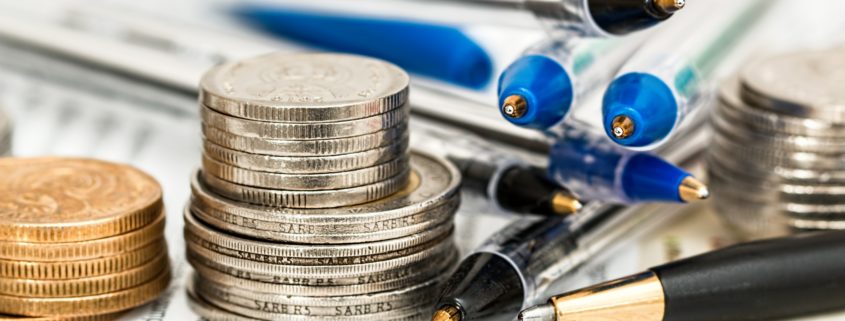One of the best tax benefits for small businesses owners just got a whole lot better
One of the best tax benefits for small businesses owners just got a whole lot better. The federal government provides a significant tax deduction for small businesses that lets owners take advantage of investments in capital expenses, and this year they made the deduction permanent with the recent passage of the 2009-page omnibus spending bill. Called a Section 179 deduction, the now-permanent tax rule allows business owners to deduct the cost of equipment purchases or leasing payments up to $500,000.
Chris Wilcox, Managing Partner with Premier Business Lending, El Dorado Hills Ca based lending company stated “A bulk of our 2016 Equipment Leasing Portfolio has been made up primarily of business’s looking to take full advantage of the $500,000 Tax Benefit by making equipment purchases. By doing so, it helps them create a Tax Shelter for their company.”
In previous years, lawmakers would not pass any tax extenders until the last possible moment of the legislative session, leaving business owners in financial limbo with questions about whether they would be able to deduct more than the lower threshold of $25,000. This typically meant owners couldn’t make definitive decisions on investing in technology upgrades or making much-needed capital investments, since they didn’t know whether government officials would extend the tax deductions. This happened last year, when business owners were left to wonder the fate of Section 179 in 2015 right up until mid-December. The total cost of these Section 179 tax extenders will cost $622 billion over the next 10 years, The Hill reported.
While politicians again waited until the final seconds to pass the current extension by adding it onto an omnibus spending bill, by making the $500,000-deduction level permanent, lawmakers have built in a sense of consistency for owners, who can now make sound investment choices with the knowledge that the deductions will be available. This relieves a considerable amount of stress for business owners who need to plan their strategies for the new year by investing in their company.
Not only does the bill include the permanent extension of the higher deduction level, allowing small business owners the ability to purchase more technology and equipment, but the new rule also includes an added depreciation bonus for property acquired between 2015 and 2019. For 2015, 2016 and 2017, owners can deduct 50 percent of the cost of putting the property into service, while this amount dips down to 40 percent in 2018 and 30 percent in 2019. The added deductions should encourage more small business owners to take advantage of the new rule, hopefully making up for much of the confusion caused in previous years.
Benefiting diverse industries
Small businesses form the backbone of the nation’s economy and without the extension of these crucial tax deductions, many enterprises would be unable to find the capital necessary to grow. But with the passage of the new bill, owners will have the opportunity to invest considerable working capital in their businesses.
According to the U.S. Census Department, in 2012, very small businesses, or those with fewer than 20 employees, employed national, or 17.6 percent of the working population, while small businesses, or those 20 to 99 employees, had 19.4 million people working for them, or 16.7 percent of the population. Meanwhile, medium businesses, those classified as having 100 to 499 workers, constitute 14 percent of the population, with 14 percent. Collectively, these enterprises account for just under half of the total work force. In many instances, companies in this range must take advantage of any additional monetary assistance they can find, and in the past the Section 179 deduction has always been a key force in providing this help. Organizations in essentially every industry can deduct the cost of capital expenses, from agriculture organizations to retail shops to financial-sector companies.
As Farm Industry News noted, this extension will help farmers boost revenues in the face of sliding crop prices. For construction companies, the deduction should help account for the rising expense of labor in light of the skilled worker shortage. For retail shops, the new tax rule can assist in the costly transition to EMV point-of-sale terminals. Offices can take advantage of the change to upgrade computers or invest in new data servers. While most small businesses are eligible for this great offer, owners should speak with a tax professional or accountant before making any final decisions.
Leasing or financing equipment
While small business owners can use this tax deduction to take advantage of capital expenses, Section 179 also allows companies to deduct the payments for financing or leasing equipment. In some instances, the IRS lets owners deduct 100 percent of equipment lease payments because this qualifies as an off-balance sheet operating expenses. Going this route means a small business can then speed up depreciation for the equipment, since this can be deducted during the term of the lease rather than the life of the equipment. In addition, most equipment does not qualify as an asset, alleviating the burden of having to pay the IRS’s Alternative Minimum Tax.



